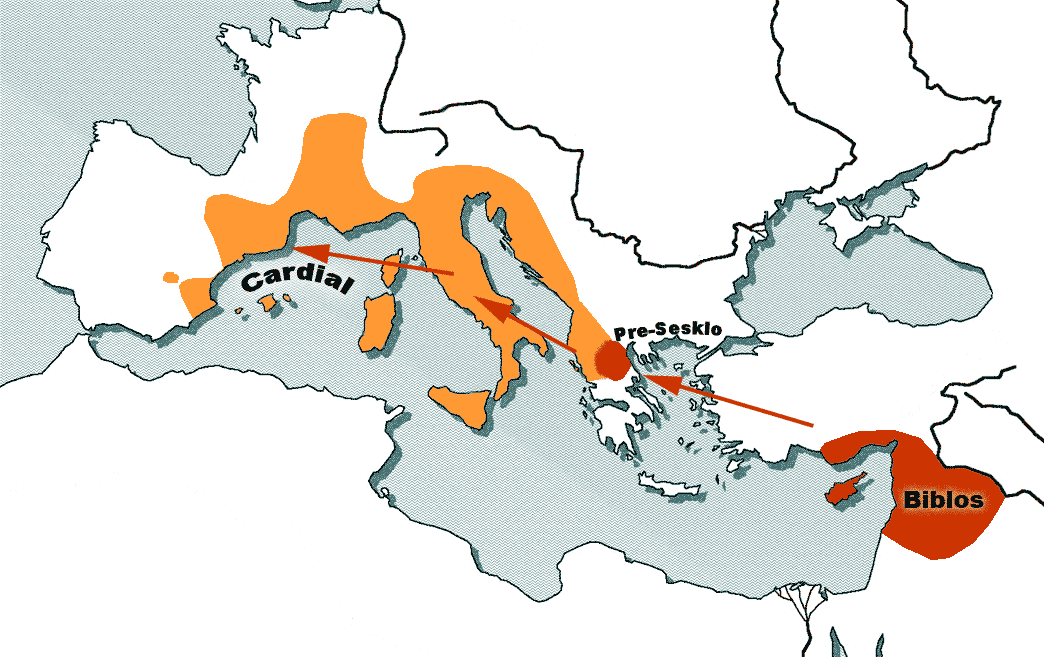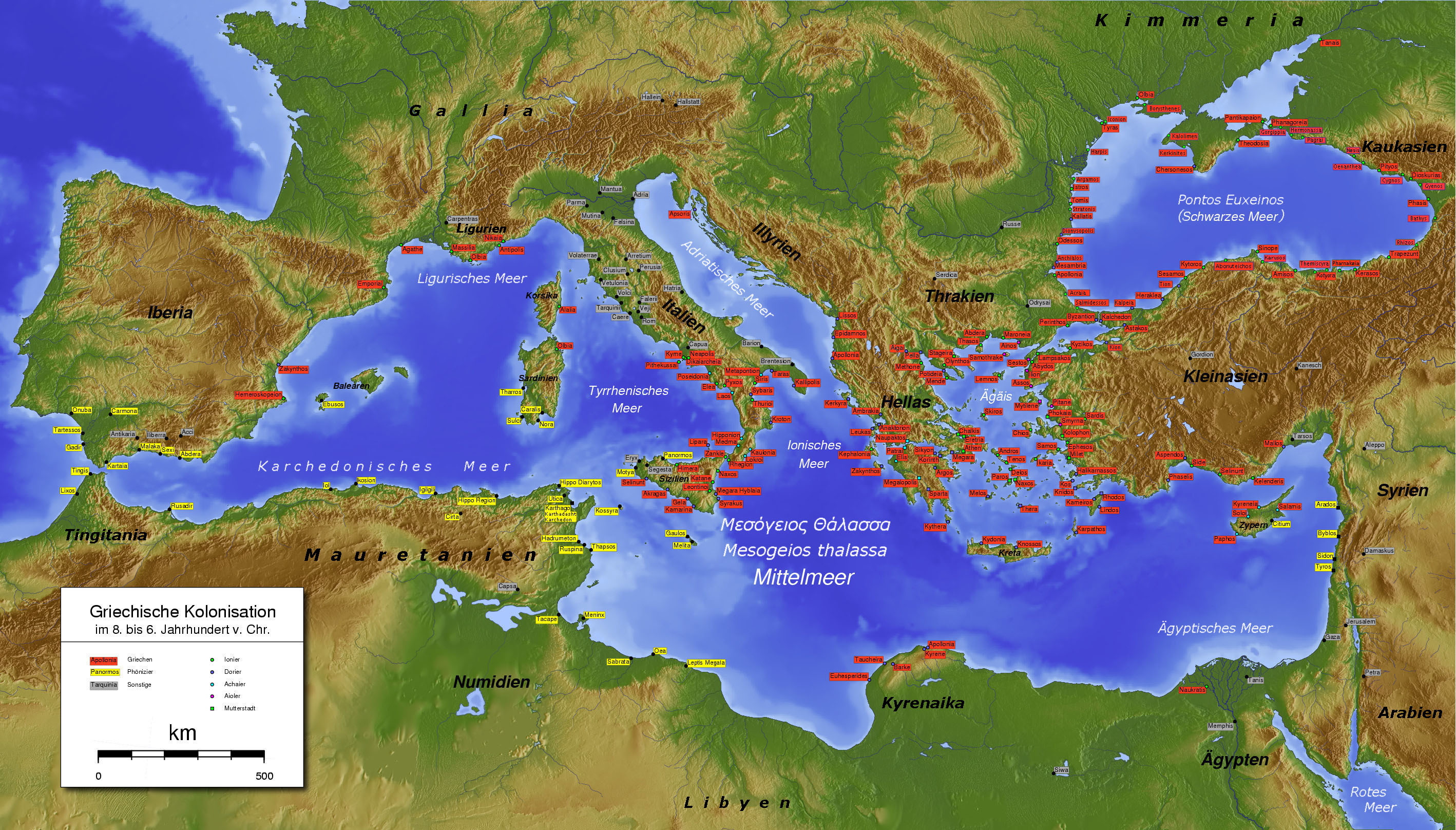About us
GENERAL OBSERVATIONS
We expected from the onset to detect a very heterogeneous genetic makeup for this group. So far, both Y-DNA and mtDNA show remarkable heterogeneity. We clearly need more members and more tests/results in order to be able to deepen our analysis. Some of our members are in the process of being tested, with certain results being expected soon.
For the Y-DNA, most members are Ashkenazim, where we already see matches at 12 markers, most likely going back to the times of the Roman Empire. We have few results for Romanians, with no specific matches among them. We clearly see the genetic impact of Germanic and Slavic populations, along with other groups.
In the case of mtDNA, the geographic distribution of existing members places them along the current borders of Romania. This explains why members belong to so many haplogroups. These areas are particularly diverse in terms of ethnicity and/or deep ancestry. Most members are Ashkenazi, while the rest are German (in Banat and Bucovina/Bukowina) and Romanian.
We still have a deficit of members from deep inside Romania and with Romanian roots/ethnicity. As the group will start growing and we'll have more data to analyze, we'll be able to identify and report patterns to our group members. FTDNA staff will also assist us in this endeavor. In addition, we will also be helping science develop new tools to assist DNA genealogy and our group members.
We encourage all members to upload their results to ysearch (www.ysearch.org) and ybase (www.ybase.org), as well as mitosearch (www.mitosearch.org), DNA Ancestry (dna.ancestry.com) and genetree (www.genetree.com).
Uploading GEDCOM Family Tree files to FTDNA, ysearch and mitosearch pages is also extremely useful, especially when having surname/genetic matches with other members.
When possible, adding the results to the National Genographic Project could assist them in adding more results for the generally less represented region of Romania.
According to iGENEA, the structure of the ancient peoples in Romania, based on Y-DNA test results, is the following:
- 29% Slavic
- 21% Finno-Ugric
- 20% Teutonic (Germanic)
- 18% Celtic and
- 12% Illyrian
The Romania project has the following haplogroups:
Y-DNA Results
The following section uses maps to indicate the origin, spread and distribution of Y-DNA and mtDNA major haplogroups, based on the project results. Please note that these maps have been produced at different times and are derived from various sources available on the Internet (FTDNA, National Genographic Project, Wikipedia, Ethnoancestry, etc). They are only meant to be used with caution and to provide some general guidelines in interpreting one's DNA results. If the maps/images on the page do not download completely, right-click on each of the partially downloaded image and click "Show Picture".
Haplogroup J (Y-DNA) http://en.wikipedia.org/wiki/Haplogroup_J_(Y-DNA)
Spread of Y-DNA Haplogroup J:
Haplogroup J1 is defined by the M267 marker. Spread of Y-DNA Haplogroup J1:

Haplogroup J2 is defined by the M172 marker. Spread of Y-DNA Haplogroup J2: J2 Distribution:

Distribution of Haplogroup J2 in Europe and Mediterranean basin:
Distribution of Cardial Pottery corresponds with that of Hg J2: 
Distribution of Greek colonies also corresponds with that of Hg J2: 
R1a (6) - Ashkenazim and Romanian & R1b (2) - mostly Anglo-Saxon/Celtic/Western European?
Haplogroup R1a (Y-DNA) http://en.wikipedia.org/wiki/Haplogroup_R1a1_%28Y-DNA%29 Spread of Y-DNA Haplogroup R1a:

Detailed spread of Y-DNA Haplogroup R1a:

Haplogroup R1b (Y-DNA) http://en.wikipedia.org/wiki/Haplogroup_R1b_%28Y-DNA%29
Spread of Y-DNA Haplogroup R1b:

Although this is more observation than proven theory, it appears that for the R1b1c haplogroup there are two distinct subgroups, identified by the values of three particular markers:
Eastern Group - haplotype 35 (ancestral and predominant in SW Asia & Eastern Europe, with only a few in Western Europe) DYS393=12, DYS461=11, DYF385=10,10 or 9,10 (note DYF not DYS385).
Western Group - haplotype 15 (formed later and predominant in Western Europe) DYS393=13, DYS461=12, DYF385=10,11
Haplogroup I (Y-DNA) Spread in Europe http://knordtvedt.home.bresnan.net/HgIspread.jpg
Haplogroup I2a (Y-DNA) http://en.wikipedia.org/wiki/Haplogroup_I1b_%28Y-DNA%29
Spread of Y-DNA Haplogroup I2:

Haplogroup T (Y-DNA) http://en.wikipedia.org/wiki/Haplogroup_T_%28Y-DNA%29
Haplogroup G (Y-DNA) http://en.wikipedia.org/wiki/Haplogroup_G_%28Y-DNA%29
Haplogroup E1b1b (Y-DNA) http://en.wikipedia.org/wiki/Haplogroup_E1b1b_(Y-DNA)
Spread of Y-DNA Haplogroup E1b1b1b:

Useful project: http://www.haplozone.net/e3b/project/ Haplogroup E3b1a2 (renamed E1b1b1a) as a Possible Indicator of Settlement in Roman Britain by Soldiers of Balkan Origin: http://www.jogg.info/32/bird.pdf
mtDNA Results
Haplogroups I, K & U (mtDNA) http://en.wikipedia.org/wiki/Haplogroup_I_(mtDNA) http://en.wikipedia.org/wiki/Haplogroup_U_(mtDNA) http://en.wikipedia.org/wiki/Haplogroup_K_(mtDNA)
Spread of mtDNA Haplogroup I:

Spread of mtDNA Haplogroups U & K:

Interesting results: We now have a new member whose mtDNA results fall under haplogroup L2a1, which was formed about 55,000 years ago and has a wide distribution, being found at high frequencies in south-east Africa.
Diseases Associated with a mtDNA Haplogroup Among European Populations
The risks of developing Parkinson Disease have been found to be higher among mtDNA haplogroups H, but lower for haplogroups J and K. Men belonging to haplogroup H have the lowest risk of asthenozoospermia (reduced sperm motility), while those of hpg T have the highest. There is a correlation between haplogroup H and protection from sepsis. Haplogroups I, J1c, J2, K1a, U4, U5a1 and T have lower incidences of Parkison's Disease. I, J and T also have increased longevity. However, haplogroups J and T have been associated with increased risk for expression of a maternally inherited blindness disorder (Leber hereditary optic neuropathy). This is especially true for the J2 subclade. Haplogroup N is considered a risk factor for breast cancer. This also applies to all its sub-haplogroups (H, T, U, V, W, X) except for hpg K. Mitochondrial haplogroup U is associated with an approximately 2-fold increased risk of prostate cancer and renal cancer. Haplogroups H and U are also thought to increase the penetrance of Alzheimer's disease. Hpg U (and its subclade K) are also associated with higher risks of strokes and Chronic Progressive External Ophthalmoplegia. Haplogroup X has a defining mutation related to type-2 diabetes, cardiomyopathy and endometrial cancer risk.
Source: http://www.eupedia.com/forum/showthread.php?t=24801
ADDITIONAL MAPS
The following map shows the routes used by Crusaders on their way to Constantinople (some knights were settled in SW Romania - Oltenia, after 1247):

Source: https://www3.nationalgeographic.com/genographic/pdf/lebanon_map.pdf
A map of Ancient Germania: 
SNPs aged less than 2000 years (approximately) in Europe. Clans identified with a proper SNP with a dated occurrence in Europe
Haplogroup - SNP - Ethnicity - Location - Neighbor cluster and source - Approximately TMRCA - Link URL
1) Entrants of Europe
African Trade:
A1a M31- English - Eastern Yorkshire - African trade - 400 years
http://www.nature.com/ejhg/journal/v15/n3/full/5201771a.html
Pacific Migrations:
H1a M82 - Romany Gypsy - Across Europe - Indians - Romani Migration - 800 years
http://www.familytreedna.com/public/YHaploGroupH/default.aspx?section=yresults
G2c null425 M377 - Ashkenazi Jews - Eastern Europe Polish-Lithuanian Commonwealth - Italians Egyptian/Lebanese - Jewish Migration - 1000 years
http://www.familytreedna.com/public/G2c/default.aspx?section=yresults
J1c3 L817 - Ashkenazi Jews - Eastern Europe Polish-Lithuanian Commonwealth - Levantine J1c3 (147 negative)- Jewish Migration - 1000 years
http://www.familytreedna.com/public/bnei-yahya/default.aspx?section=yresults
Military Invasions:
J1c3d 388=15 L1253- Scottish Graham/Jordan clan - Scotland and Ireland - Mediterranean Arab - Norman invasion - 1000 years
http://www.familytreedna.com/public/Y-DNA_J/default.aspx?section=yresults
J1b M365.1 - Western Iberian, Portugal and Northern European, English, Devon and Belgium - Northern Iranian - Iranic Alan invasion - 1600 -2000 years
http://www.familytreedna.com/public/m365/default.aspx?section=yresults
2) Coalescent in Europe
E1b1b1a1b8 L540 - Poland, Germany, Sweden - Northern European E- V13 SNP prolongation -1000 years
http://www.gwozdz.org/L540.html
R1b1a2a1a1b3f1 R-L226 - Irish - SW Ireland - R-P312/L21/Z253 prolongation - 1100 years
http://www.irishtype3dna.org/index.php
R1b1a2a1a1b3g4 Clan Colla 425 Null Project- Northern Ireland and Scotland - R L21/DF21/S190 prolongation - 1600 years
http://www.peterspioneers.com/colla.htm#null (In that link we can find other L21 and DF21 new subgroups with SNPs)
R1b1a2a1a1b1a1a1a M153 - Northeastern Iberians- Basques, Catalans - RP312/DF27/Z196/Z274/Z209/Z220/Z216/Z278/Z214/M153 - 1800 years (Richard Hulan, Hans van Vliet)
http://www.familytreedna.com/public/r-m153_the_basque_marker/default.aspx?section=yresults
R1b1a2a1a1b1b - L617 (DYS640=12, DYS710=36 and DYS540=11) - Northumberland,Northamptonshire, Cambridgeshire England - English - R P312/DF27/L617 + DYSmarkers - 1000 years (Alister John Marsh)
http://www.kin.marshdna.com/DNAresultsL617.htm